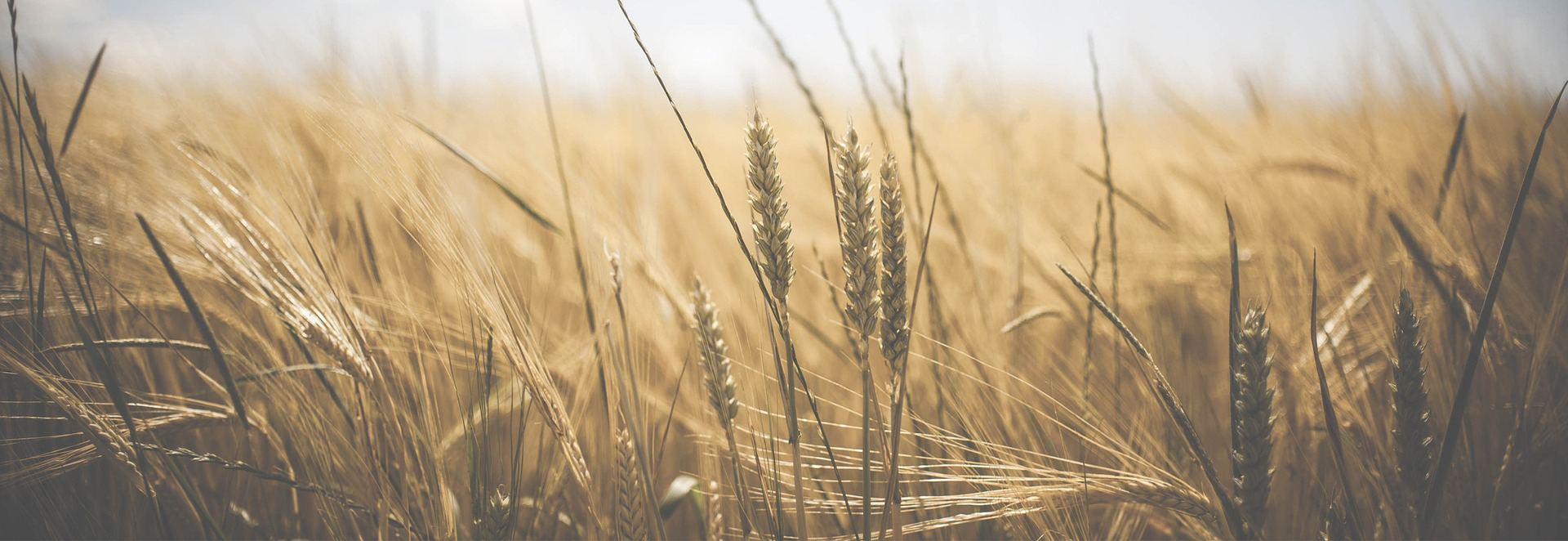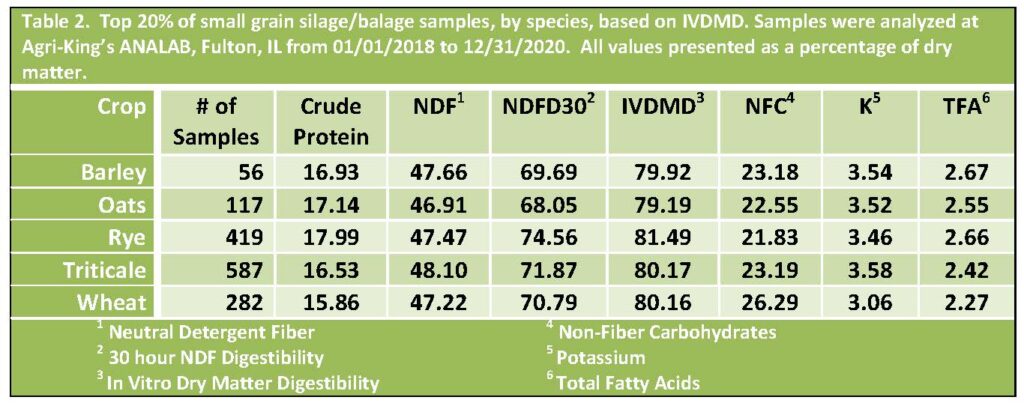
By Gene P. Gengelbach, Ph.D., P.A.S.
Small grains are becoming increasingly popular crops for North American farmers. For many, they serve as cover crops to help prevent soil erosion and nutrient loss in addition to sequestering carbon in the soil on cropland that would normally be bare during the fall and winter months. They can also be useful in crop rotations to help manage weeds or disease cycles (especially for certified organic operations).
For livestock producers, however, small grains such as oats, barley, wheat, rye and triticale (a cross between wheat and rye) can be a versatile, valuable forage crop. They are often part of a planned rotation, planted in the fall after corn season and harvested in the spring. That is except for oats which generally do not survive freezing winter temperatures.
Oats and other spring grains can provide a quick emergency forage crop when planted early in the spring to replace alfalfa stands lost to winterkill. Farmers can also plant them in late summer for pasture to extend the grazing season into the fall and winter.
Test the crop for nitrates before grazing in the fall if you have experienced a drought or sudden frost. Harmful nitrates can accumulate when plants are stressed.
Harvest timing is critical when trying to produce top-quality forage. To achieve the highest digestibility, farmers should harvest the crop after the flag leaf appears but before the head emerges (boot stage). Once the seed head emerges the stem elongates, dry matter yield increases but the fiber level also increases and fiber digestibility decreases.
If the small grain is planted as a “nurse crop” along with perennial species like alfalfa or clover, harvest timing should be dictated by the growth stage of the permanent crop. You should harvest after the new seeding is well established but before the grain crop has a chance to out-compete the seedlings for sunlight and nutrients.
Choosing the best small grain for your operation can be a challenge. The first consideration should be to select the grain species that performs best under your local conditions. Your agronomist should be able to help with this decision along with information from local and regional universities. A number of universities plant yield trials for small grain forages which can help you get information on relative yields among the various crops and varieties planted.
What about forage quality? Factors such as fertility level, weather, and harvest timing can affect the forage quality of small grain silage. What differences are there between the different species of grains? Agri-King’s lab tests tens of thousands of forage samples each year from across North America and the UK and Ireland. Below are the results from small grain silage and balage samples analyzed at Agri-King’s ANALAB in Fulton, IL from 2018-2020.

These are all of the samples that the submitter identified as being small grain silage or balage. With this many samples, there was quite a wide range of maturity and forage quality.
Table 2 shows the results for the average of the top 20% of samples from each crop as ranked by In Vitro Dry Matter Digestibility (IVDMD). These would be good targets to shoot for if you are planning on managing your crop for maximum forage quality.
As you can see these top samples are definitely high enough quality to feed to high-producing dairy cows. You don’t have to relegate your small grain silages to just the heifers and dry cows.
One thing to note is the potassium (K) level of these samples. Many producers plan on feeding these small grain silages to dry cows. Due to the relatively high K levels present, however, these may not be the best choice as the primary forage in diets trying to achieve negative DCAD ratios.
As you can see, small grains can be a source of high-quality forage in addition to being an important part of your cropping rotation. With proper management, your small grains can lead to big profits for your operation! AK